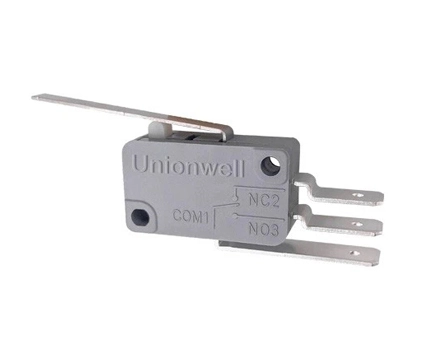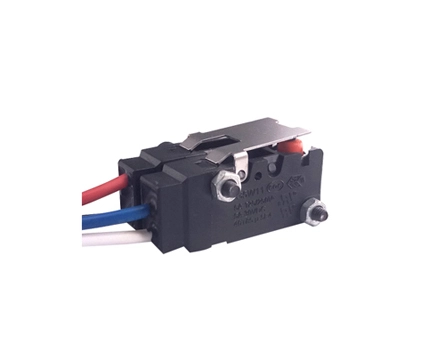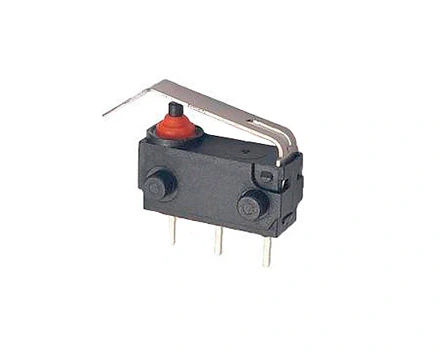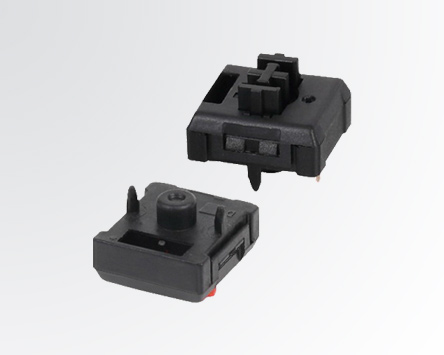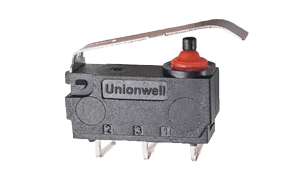
The tiny micro switch, though seemingly small, is a highly responsive and powerful electronic component that plays a crucial role in modern electronics, automation systems, and precision equipment. Thanks to its compact design and distinctive snap-action mechanism, it can rapidly open or close internal contacts with minimal external force, enabling precise circuit control.
A typical tiny micro switch consists of several essential parts: the housing, actuator, contact system, spring, and base. The heart of the switch lies in the contact system, which includes both fixed and moving contacts—often made from conductive materials like silver or copper for reliable electrical performance.
When external force is applied to the actuator, the internal spring is compressed, causing the moving contact to rapidly switch positions. This results in either making or breaking the circuit with high speed and accuracy, allowing the switch to execute countless operations in a short span of time.

High Sensitivity: With a small contact gap, short travel distance, low actuation force, and rapid response, it's ideal for applications requiring fast switching.
Compact Size: The tiny footprint makes it easy to install in confined or limited spaces.
Durability: Built to last, it offers a long mechanical lifespan with consistent performance.
Versatility: Available in various types and configurations to meet diverse application needs.
Due to its reliable performance and compact size, the tiny micro switch is widely used across various industries:
Home Appliances: Found in washing machines, microwaves, and rice cookers for power control and function selection.
Automotive: Serves as a sensor for detecting the status of doors, windows, and other moving parts, ensuring safety and proper functionality.
Industrial Automation: Controls robotic arms, conveyor systems, and other automated equipment with precision and safety.
Medical Devices: Ensures accurate control in equipment like ventilators, monitors, and diagnostic systems.
Consumer Electronics: Integrated into keyboards, mice, and game controllers for signal input and device interaction.
When selecting a micro switch for specific applications, consider the following:
Travel Distance and Actuation Force: Match the required operating characteristics to the application’s needs.
Service Life: Choose based on the expected frequency of use.
Wear Resistance: Important for high-cycling environments.
Contact Material: Use gold, silver, or gold-plated contacts depending on electrical load.
Electrical Rating: Ensure the voltage and current ratings are suitable for your application.
Environmental Factors: Consider temperature, humidity, exposure to corrosive elements, vibration, and shock.
Though tiny in size, the micro switch is a key enabler of precision and reliability in modern technology. By understanding its working principles, structure, benefits, and selection criteria, engineers and designers can better leverage this component to enhance performance, efficiency, and safety in countless applications.
 English
English  français
français  Deutsch
Deutsch  Español
Español  italiano
italiano  português
português  tiếng việt
tiếng việt  Türkçe
Türkçe  slovenský
slovenský  slovenčina
slovenčina  беларускі
беларускі 